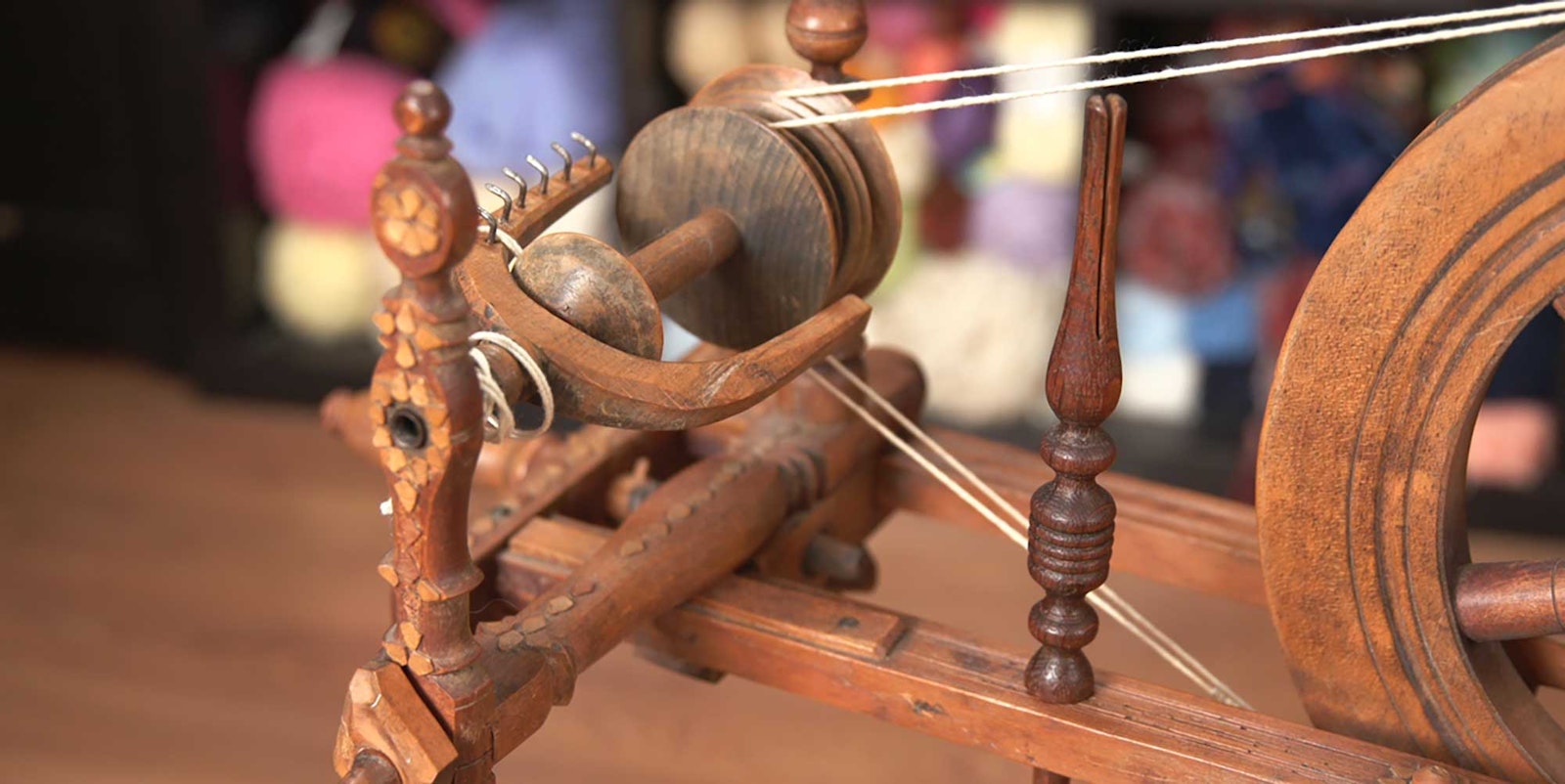My first spinning wheel was a thirty-year-old Ashford Traveller. Its joints were a little creaky, and it certainly let me know when it was time for another drink of oil, but it was clean and I spun many miles of yarn on that wheel before passing it along to a newer spinner. Whether you spin on a wheel or spindle, your tools deserve to be kept clean and in good working order. As we spin our yarns, stray fibers, bits of vegetable matter, and dust can all combine to gunk up a wheel. Taking a little bit of time to maintain your tools will go a long way toward reducing frustration. Clean tools are happy tools, and make for happy spinners, too!
How to Clean Your Wheel or Spindle
The specifics of wheels and spindles may vary, but many are made of wood that loves to be cleaned and conditioned on a regular basis. Spin Off contributor Deborah Held shares her favorite recipe for a DIY wood conditioner and walks you through how to use it on your wheels and spindles.
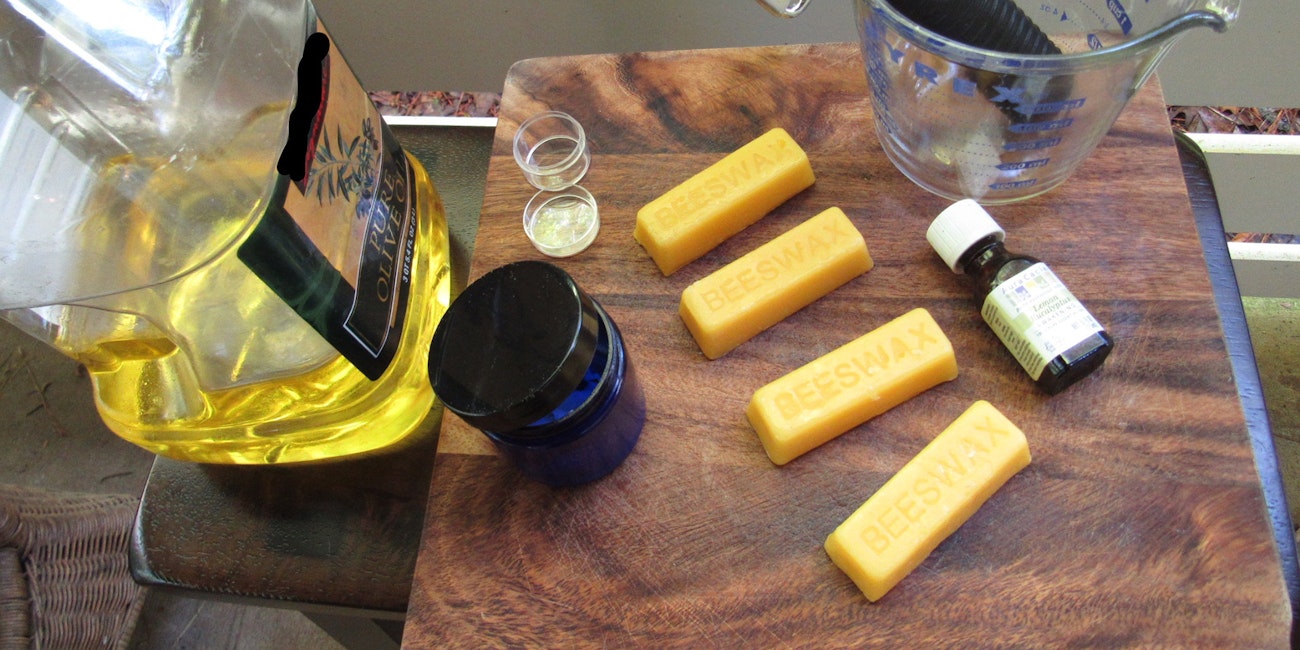 The ingredients Deborah Held uses for her DIY wood conditioner are simple, but effective. Photo by Deborah Held
The ingredients Deborah Held uses for her DIY wood conditioner are simple, but effective. Photo by Deborah Held
Wondering Where and How Often to Add Oil?
We all know that our spinning wheels need to be oiled regularly, but so many spinners wonder, “Where?” The short answer is to check your wheel’s manual—each wheel manufacturer will specify where to add oil, and what kind of oil to use. If you’re enjoying long spinning sessions of two hours or more, you might need to oil more than once during a spinning session. For more information, including what to do if your wheel doesn’t include a manual, see Heavenly Bresser’s post, “How to Maintain Your Spinning Wheel: Oil and Lubrication”.
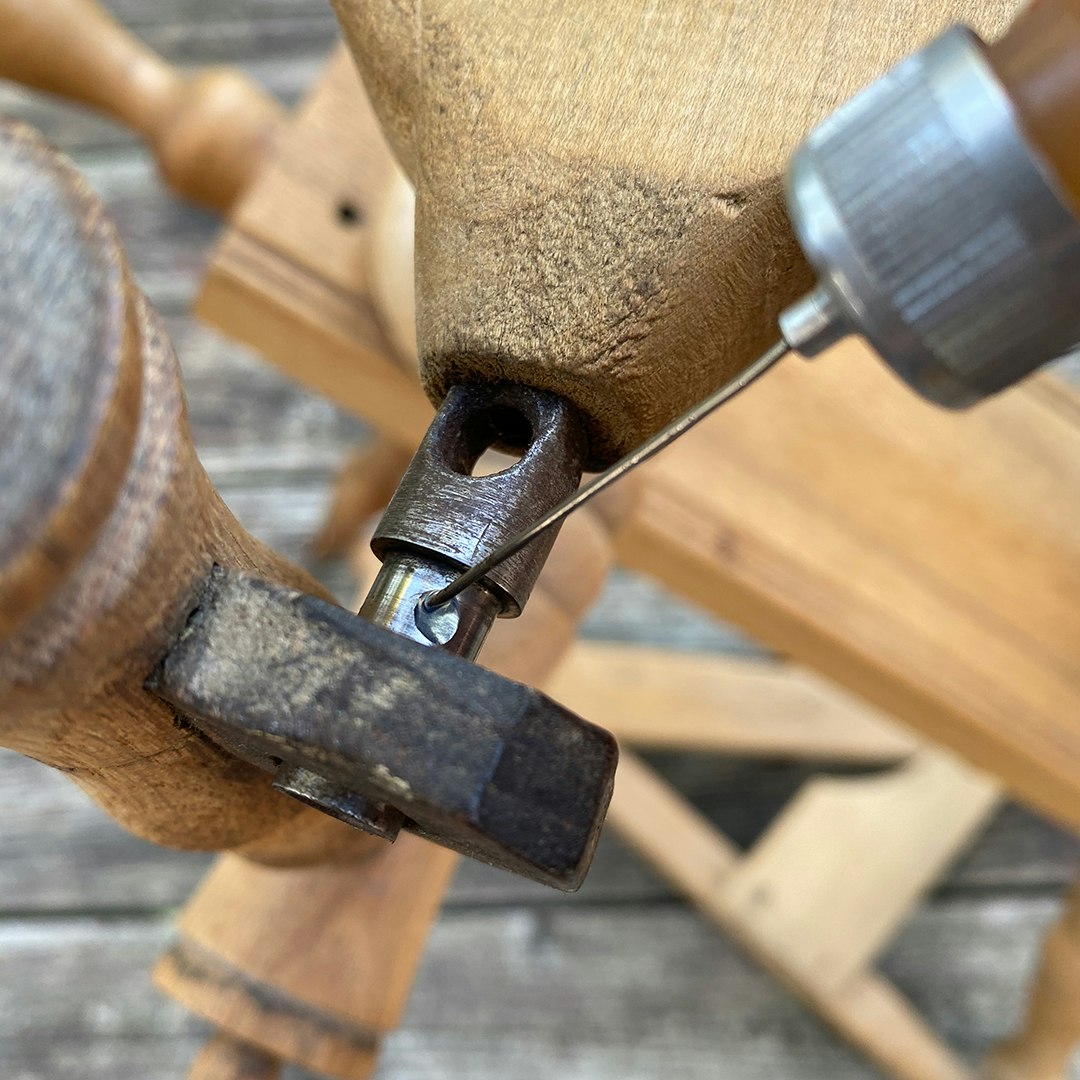 Oiling the orifice on an antique wheel. Photo by Heavenly Bresser
Oiling the orifice on an antique wheel. Photo by Heavenly Bresser
Replace Worn Out Drive Bands
Over time, the cotton drive bands on my wheel become stretched out, frayed, and even stained with grease. Spinning with a fresh drive band is like wearing a new outfit on the first day of school—it’s fresh, clean, and fills me with confidence.
Many spinners avoid changing out drive bands because it seems too daunting. There are many drive band options, from tying a knot in a loop of string to fancy elastic bands that don’t require any adjustment. But there’s nothing quite like the smooth treadling you’ll experience with a sewn drive band. Kate Larson shows you how in the helpful video below.
Spindles Need Maintenance Too!
While spindles are certainly easier to clean and maintain than spinning wheels, they come with their own set of challenges. Sometimes a well-loved spindle can develop a wobble, and doesn’t spin quite as well as it used to. Tom Golding, who is known for his precision-balanced spindles, walks you through many different types of spindle hooks and the best way to align each one in his article, “Spindle Hook Alignment.”
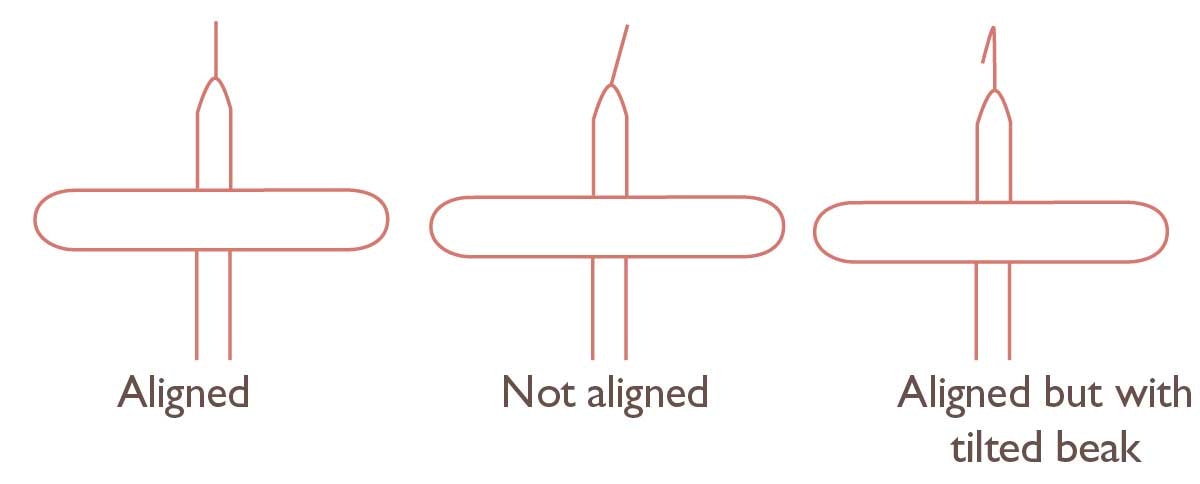 Keeping your spindle hook aligned properly goes a long way for smooth spindling.
Keeping your spindle hook aligned properly goes a long way for smooth spindling.
Keeping Everything Organized and Easy to Find
A clean and well-organized workspace is just as essential to happy spinning as clean tools are. When all your tools and accessories are easy to find, you can spend less time hunting them down and more time spinning! Heavenly gives us a peek into her orderly spinning space in this inspirational post, “Round Up Your Fiber Tools.”
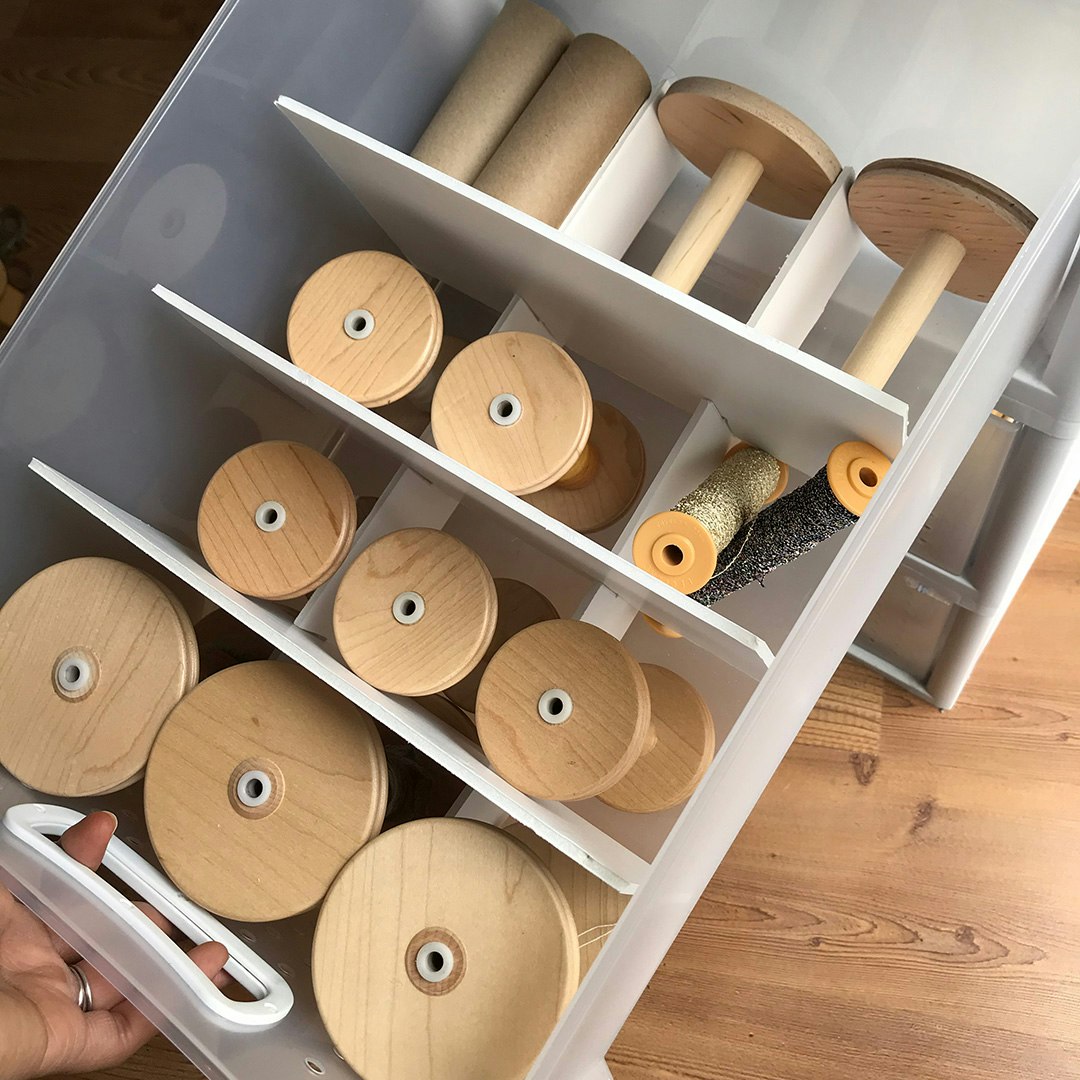 Instead of storing them in a jumbled mess that could damage her bobbins, Heavenly keeps her bobbins organized in a drawer. Photo by Heavenly Bresser
Instead of storing them in a jumbled mess that could damage her bobbins, Heavenly keeps her bobbins organized in a drawer. Photo by Heavenly Bresser
More Resources
- Understand the parts of your wheel and why it matters in Popular Wheel Mechanics with Judith MacKenzie.
- Follow along with wheel makers Alden Amos and Cindy Lair as they show you how to keep your wheels in good working order.
Pamela K. Schultz is the content editor for Spin Off. She spins, weaves, knits, and gardens in coastal North Carolina.

